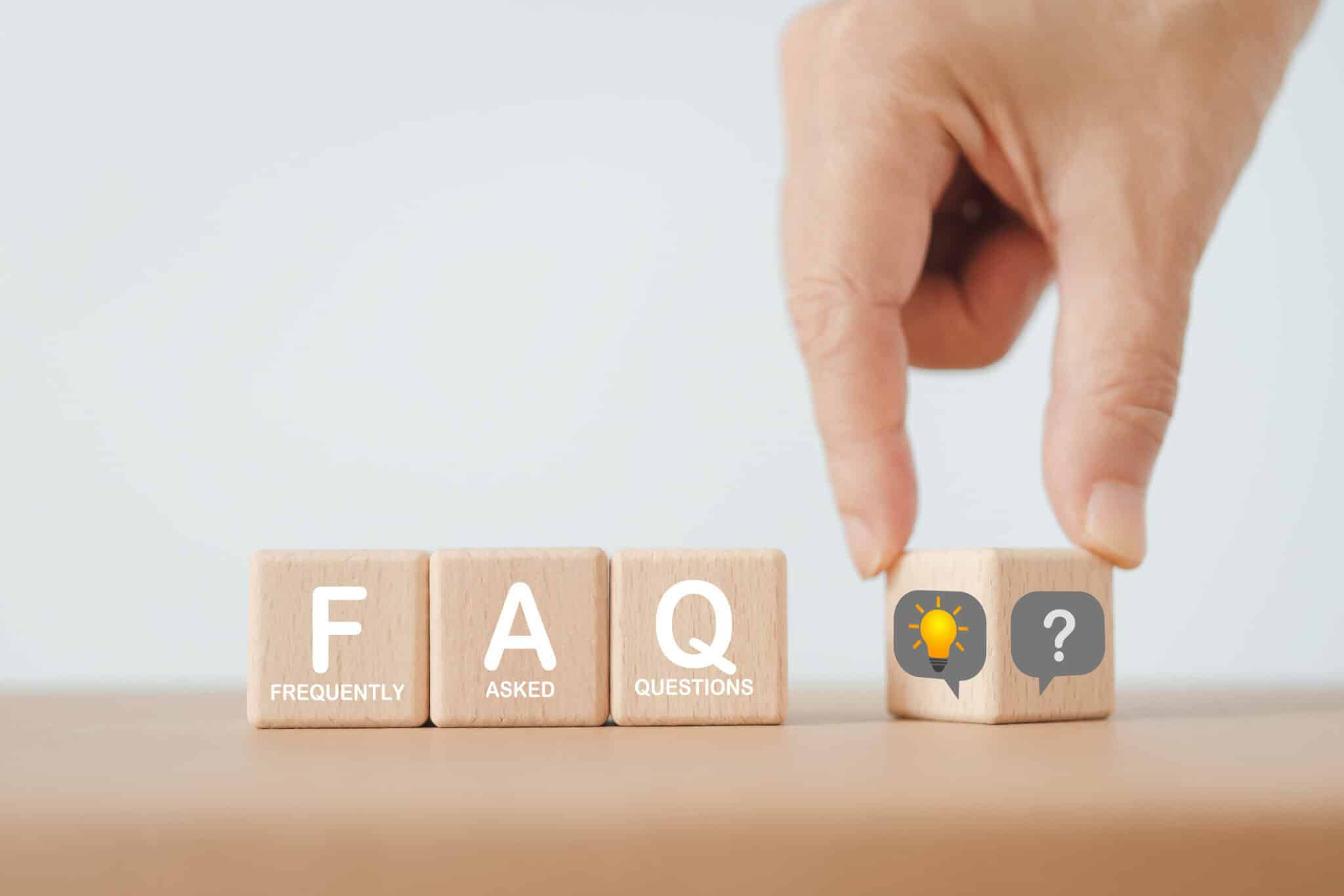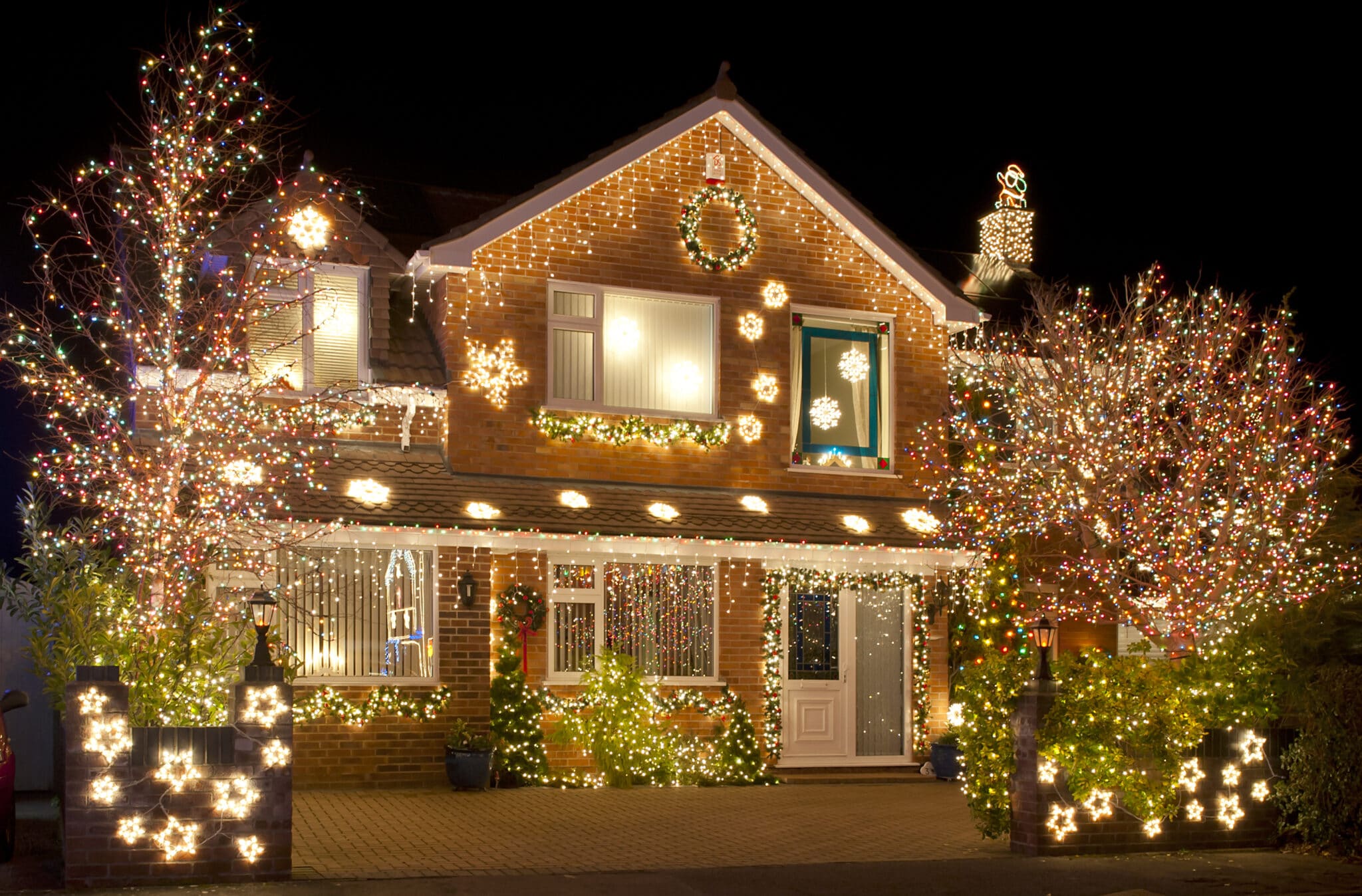Are you ready to bring the holiday magic to your home without the nightly hassle of plugging in and unplugging lights? Holiday lights are here to save you time, money, and a few chilly trips outside!
Using timers, you can set up your decorations to glow right on schedule and turn off when you’re done, keeping things easy and efficient. Let’s dive into how these little devices can make your holiday season brighter and stress-free!
Why Use Timers with Holiday Lights?
Holiday light timers are a practical addition to any festive setup, offering a range of benefits that make them a must-have for the season. They add a layer of convenience, safety, and efficiency, perfect for those who want a beautiful display without constant attention.
Energy Savings and Cost Reduction
Using timers with holiday lights is an excellent way to save on energy costs during the holiday season. By setting lights to specific on-and-off times, you prevent them from running all night, which helps reduce unnecessary electricity use.
This simple change can make a noticeable difference in your utility bill, especially if you’re a fan of large, dazzling displays.
Timers let you enjoy the same festive glow without the worry of high energy expenses, which means you can celebrate without breaking the bank. Plus, reducing your energy use also means you’re contributing to a more environmentally friendly holiday season.
Convenience and Stress-Free Lighting
Timers remove the hassle of turning lights on and off every day, making your holiday decorating routine stress-free. Once your schedule is set, you can relax knowing that your lights will come on just when you want them to and turn off on their own without you lifting a finger.
This is particularly helpful during busy holiday evenings when you might forget or be too tired to turn the lights off manually. Instead of worrying about whether you’ve remembered to unplug your decorations, you’ll have a consistent, perfectly timed display. Timers allow you to enjoy the holiday spirit fully without having to monitor your lights constantly.
Enhanced Safety and Fire Prevention
Safety is an essential aspect of using timers with holiday lights, especially when it comes to minimizing fire risks. Continuous use of lights, especially older or indoor ones, can increase the chance of overheating, which can lead to electrical issues or even fires.
Timers limit the amount of time lights stay on, reducing the strain on your electrical circuits and helping prevent overheating in your displays. They also protect against power surges, which can occur if you have multiple light strands plugged into one outlet. Overall, timers add an extra layer of safety to your holiday decorations, giving you peace of mind throughout the season.

Types of Timers for Holiday Lights
There are different types of holiday light timers available, each with unique features to suit various needs. Knowing which one is right for your setup can help you get the most out of your holiday lights and ensure a hassle-free experience.
Manual Timers
Manual timers are the simplest and often the most affordable option for holiday lights. They operate with a straightforward dial that you turn to set your on and off times, usually in 15- or 30-minute increments.
Once set, these timers stick to the same schedule every day, making them easy to use and reliable. Since they don’t require any fancy programming, manual timers are great for anyone looking for a simple, no-fuss solution to control their lights. However, they do need to be adjusted manually if you want to change the schedule, which can be a minor inconvenience for some users.
Digital Timers
Digital timers offer more precision and flexibility compared to manual timers, making them a popular choice for holiday lights. These timers allow you to program multiple on and off cycles, which is perfect if you want different schedules on weekdays and weekends.
Digital timers usually feature an easy-to-read LCD screen, allowing you to set exact times and even adjust settings without much hassle. Some models come with a battery backup, so your programmed settings are saved even in case of a power outage. With digital timers, you have more control over your holiday lighting schedule, making them a step up from basic manual options.
Smart Timers
For those who enjoy high-tech solutions, smart timers offer maximum convenience and control over your holiday lights. These timers connect to Wi-Fi, letting you manage your lights from a smartphone app, no matter where you are. Smart timers often have features like voice control, sunrise/sunset settings, and the ability to sync with other smart home devices.
This makes it easy to adjust your lighting schedule on the go, perfect for holiday hosts with changing schedules. While they are a bit pricier than manual or digital timers, smart timers offer the ultimate flexibility and ease of use, bringing a modern touch to holiday decorating.
How to Set Up Timers for Holiday Lights
Setting up timers for your holiday lights may seem tricky at first, but it’s actually a straightforward process if you follow a few simple steps. Here’s a quick guide to getting your holiday lights set up perfectly and shining on schedule.
Step 1: Choose the Right Timer Based on Your Needs
The first step is selecting a timer that matches your setup and preferences. Consider factors like the size of your display, whether it’s indoors or outdoors, and the level of control you want.
If you’re looking for something basic and budget-friendly, a manual timer may work well; for more precise control, a digital or smart timer could be the better choice.
Outdoor setups should also include a weatherproof timer to handle exposure to the elements. Choosing the right timer helps ensure your lights run smoothly and fit into your schedule without a hitch.
Step 2: Determine the Ideal On/Off Schedule
Once you have your timer, decide on the best schedule for your lights. Most people like to have their lights turn on just after sunset and stay on for a few hours into the evening. Think about your household’s routine and when you’ll get the most enjoyment out of your display.
For example, if you’re home by 6 p.m., you could set the lights to turn on around then and turn off around bedtime to save energy. Planning your schedule ahead of time will make sure your display shines when it’s most convenient and visible.
Step 3: Plug In and Test Your Setup
With your timer and schedule ready, it’s time to plug everything in and give it a test run. Start by connecting your holiday lights to the timer, ensuring all plugs and connections are secure. Set the timer to your desired schedule and watch to see if it turns on and off correctly.
Testing your setup before the season kicks off allows you to catch any issues, like loose connections or misconfigured settings, early on. A quick test ensures your lights will run smoothly throughout the season, letting you relax and enjoy the holiday glow.
Safety Tips When Using Timers with Holiday Lights
Using timers with your holiday lights is a smart way to enhance convenience, but it’s also important to keep safety in mind. Following these safety tips can help you avoid electrical issues and keep your holiday display shining brightly without worry.
Check Your Electrical Load
Before plugging in all your holiday lights, make sure your timer and outlets can handle the load. Overloading a timer with too many lights or high-powered decorations can cause it to malfunction or even create a fire hazard. Most timers come with a maximum wattage limit, so check that your lights fall within this range.
If you’re unsure, add up the wattage of each light strand and compare it to the timer’s capacity. This extra step ensures that your setup is both safe and efficient, helping you avoid any electrical issues.
Use Weatherproof Timers for Outdoor Lights
Outdoor holiday lights need timers designed to withstand various weather conditions, from rain to snow. A weatherproof timer is built to handle the elements, protecting both the device and your lights from moisture and temperature changes.
Using a standard indoor timer outside could lead to short circuits or damage if exposed to water. Be sure to place the timer off the ground or in a sheltered spot to reduce direct exposure to the elements, ensuring your outdoor display is both safe and reliable.
Regularly Inspect Wiring and Connections
Worn or damaged wires can be a hazard, especially when used for extended periods or in harsh weather. Inspect your holiday lights and timer connections regularly to make sure there are no frayed wires, loose connections, or exposed parts.
If you spot any damage, replace the affected light strands or cords before using them with your timer. Taking a few minutes to check your setup can help prevent short circuits and other potential issues, making your holiday lighting display safer.
Consult with Professionals for Complex Installations
If you’re planning a large or complex holiday light display, it’s a good idea to consult with an electrician or a professional installer. They can help ensure your setup is properly connected and safe to operate, especially if you’re using multiple timers or high-wattage decorations.
Professionals can advise you on the best practices for wiring, load distribution, and timer placement. Getting expert advice can be especially helpful for outdoor or rooftop displays, where safety is crucial. A little guidance from the pros can make sure your holiday lights are both beautiful and safe.
Tips for Maximizing Timer Efficiency with Holiday Lights
Making the most out of your holiday light timer setup is all about using it efficiently and keeping your display running smoothly. Here are some handy tips to get the best results from your timer and keep your holiday lights shining bright.
Use Energy-Efficient Bulbs
Switching to energy-efficient bulbs, like LED lights, is a simple way to enhance your display while keeping energy use low. LED bulbs use significantly less electricity than traditional incandescent lights, which means you can run them longer without a spike in your power bill.
Not only are they brighter, but they also produce less heat, which reduces the risk of overheating when paired with a timer. Using energy-efficient bulbs helps you create a stunning holiday display that’s both cost-effective and environmentally friendly.
Avoid Overloading the Timer
It’s tempting to plug as many lights as possible into one-timer for a grand display, but overloading the timer can cause it to fail or even become a fire hazard. Each timer has a maximum wattage capacity, so check your lights’ total wattage and compare it to the timer’s rating.
For larger displays, consider using multiple timers to distribute the load evenly. This ensures that your setup remains safe and that each part of your display operates as intended, allowing you to enjoy the season worry-free.
Consider a Backup Power Source
Power outages can happen, especially during winter storms, which might leave your holiday lights out of commission just when you need them most. A backup power source, like a generator or an uninterruptible power supply (UPS), can keep your lights running even if the main power goes out.
While not essential for every setup, a backup option can be a lifesaver for maintaining your display during unpredictable weather. This is especially useful if you’re using your lights for outdoor gatherings or events, ensuring that your holiday spirit stays strong, rain or shine.
Common Mistakes to Avoid When Using Timers
Using timers with holiday lights is generally straightforward, but there are a few common mistakes that can lead to frustration or even safety issues. Avoiding these pitfalls will help you get the most out of your timer and keep your holiday setup hassle-free.
Not Checking Timer Compatibility
One of the most common mistakes is not checking if the timer is compatible with the type of lights you’re using. Some timers work best with LED lights, while others are designed for incandescent bulbs.
Using a timer that doesn’t match your lights could lead to flickering or uneven power distribution. Always check the packaging or manufacturer guidelines to confirm compatibility before setting up your lights. This small step can save you from potential malfunctions and ensure your lights work smoothly.
Overloading the Timer with Too Many Lights
Another frequent error is overloading a single timer with too many lights. Each timer has a maximum wattage it can handle, and exceeding this limit can lead to overheating or even electrical shorts.
To avoid this, calculate the combined wattage of your lights and compare it to your timer’s capacity. If your display is particularly large, it might be best to spread it across multiple timers. Proper load management helps keep your setup safe and extends the life of your timer.
Forgetting to Adjust Timers for Holiday Hours
As the season goes on, daylight hours change, and you may want your lights to turn on or off at different times. Forgetting to adjust your timers for these changes can lead to lights that are either on too early or shining long after everyone’s asleep.
Take a moment to check your timer’s schedule every couple of weeks and adjust as necessary. This will help your display look its best throughout the holiday season and ensure that it aligns with your preferences as the days get shorter or longer.
Brighten Your Holidays, Charleston!
Ready to make your holiday lights sparkle effortlessly this season? Mister Sparky of Charleston has the expertise to help you set up safe, stunning displays that run smoothly all season long.
Whether you need guidance with timers or a professional touch for your lighting setup, our Charleston team is here to make your holidays brighter. Contact us today and let’s light up your home with cheer!

FAQ – Holiday Light Timers
Can I use a timer for my holiday lights?
Not all timers are suitable for holiday lights, especially for outdoor displays. It’s essential to use a timer rated for the specific type of lights you have (LED or incandescent) and check that it’s suitable for outdoor use if needed. Choosing the right timer helps ensure safe and reliable operation.
How do I set up a timer for my holiday lights?
Setting up a timer is simple: plug your lights into the timer, set the desired on/off schedule, and plug the timer into an outlet. Always test the setup to ensure the timer is operating on the correct schedule and all connections are secure.
Are smart timers worth it for holiday lights?
Smart timers are a great choice if you prefer remote control and customizable schedules. They allow you to adjust your lights from your smartphone, making it easy to change settings without needing to go outside. They’re especially convenient for large or elaborate holiday displays.
How much electricity can I save by using a timer?
Timers help you save electricity by controlling when your lights are on, reducing unnecessary energy use. The amount you save depends on the type of lights and the length of your display time, but even a few hours of controlled usage can lead to noticeable savings on your electricity bill.
What’s the best way to protect outdoor timers from weather?
To protect outdoor timers, choose weatherproof models and, if possible, place them under a covered area or inside a protective housing. Keeping them elevated and away from direct rain or snow exposure will also help extend their life and ensure they work reliably throughout the holiday season.






